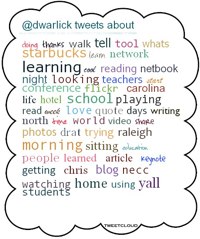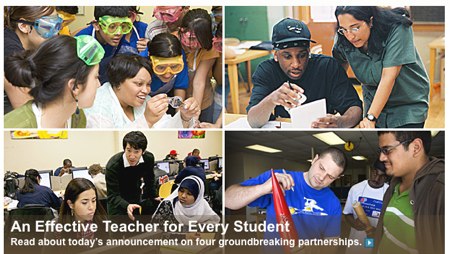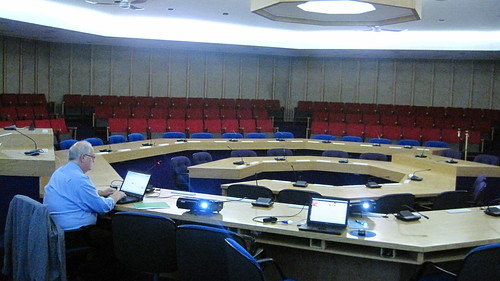 |
|
Dreaming in Digital A mashup of Dreams by Ragesh Vasudevan |
My MacBook, I fear, is on its last leg. Over the past two months it’s crashed three times during presentations, which is about three million times more often than it has ever crashed before (that is never) — and that’s with being re-booted only once every three weeks or so. I’m sure there is something that could be done to fix this, but the hard drive is too small, the machine too heavy, and the battery life is too short — and I’m starting to lust for new tech.
I spent some minutes on the Apple Macbook Pro web site earlier this morning and watched the video about the unibody design and its manufacturing. Having worked in a machine shop and being familiar with many of the processes for carving out an elegant device enclosure, I was entirely impressed.
..and I’ll be dreaming tech tonight.
But this is part of our problem, I believe, that we continue to dream in tech because we still think and speak in tech. I went back and reviewed some of the recent discussions about the power of “audience” with contributions from Dean Shareski, Clarence Fisher, and Jeff Utecht’s posts, and my additional pocket change — and this line struck me from a comment posted day before yesterday by Christian Long. He wrote:
But in time, I truly hope that we will no longer be amazed that someone from ‘far away’ visited a ‘blog’ (after all, location matters not a bit when its all *one* Internet).
So what replaces the ‘far away’ appeal? What should amaze learners when the novelty of audience fades? Should learning amaze us? Does learning amaze you? Christian continues:
Instead, we need to shift to ‘quality’ being the point of both the content our student-learners create and the way our audiences respond (and mash-up) what we create.
Bingo! What might be amazing to learners (what amazes me) is to see what happens to our ideas when we see them grow, become larger (or more condensed), attach themselves to other ideas that we’d not imagined, or explored from brand new perspectives — by virtue of their being bounced off of other people.
In one of my new presentations, I talk about the power of traction. You can’t move without traction. We need hard places upon which we can push and pull, and pushing and pulling with our ideas, testing them, confirming them, or growing them seems a wonderful way to learn. Audience can be a huge part of that traction — but it’s not the only hard place.
 |
|
Considering all of this, I’m happy to see that the word technology doesn’t appear in my Twitter Cloud for 2009. (click to enlarge) |
We can also take an idea and punch the data around it into a computer and learn from the visualization that we chisel out of it. It’s what comes back to us when we try to express our idea with an animation and learn more by pushing it through the interations that make it move. It’s about using a word processor to work the words into the most precise and sublime expression of our idea — making it fresher, more crisp, and easier to talk about.
But we continue to think and talk in technology. I continue to think about that brand new Macbook Pro riding more gently from my shoulder at my first 2010 conference. But I need to shun the language of tech and think more in the language of digital information, networked information, in the language of information-abundance. It’s this language that we should be using in our conversations and our presentations.
Zenas Lee writes in her blog that in Korea, dreaming in English is the people’s “dream,” that if they are dreaming in English, then they have achieved a significant level of fluency. But in researching this idea, she seems to conclude, along with Linguist, Steve Kaufmann, and various others, that it has less to do with fluency, and more to do with dedication. ((Lee, Zenas. (2007, December 4). Dreaming in another language [Web log message]. Retrieved from http://zenas-psych17n.blogspot.com/2007/12/17-dreaming-in-another-language.html )) We should direct our thoughts to the flow and glow of networked digital information and concern ourselves less with the tech. The learning experience has to do with the information and what we can do with that information. Our dedication should be to free and empower learners to push and pull their ideas and knowledge through the digital, networked, and information-abundant roadways.
Our “dream” should be to dream in digital…
Powered by ScribeFire.

















